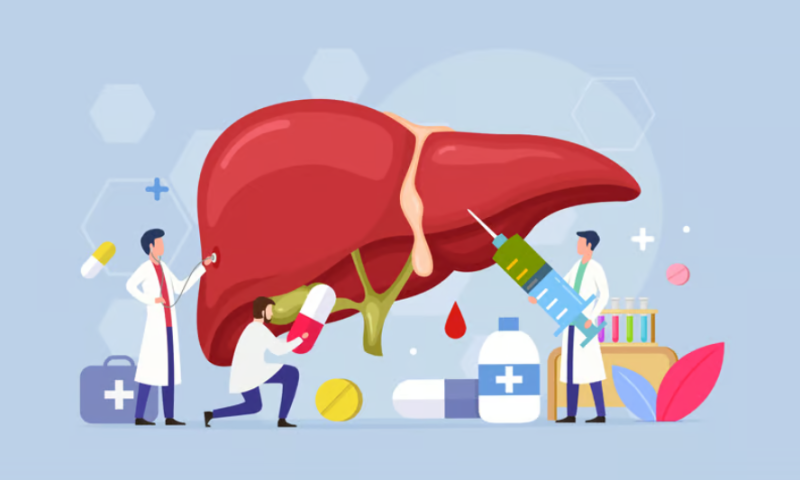Ipsen and Genfit have shown off the data they believe can finally secure approval of their liver disease candidate elafibranor. The publication puts meat on the bones of an earlier data drop, providing a closer look at how the therapy holds up against Intercept Pharmaceuticals’ Ocaliva and CymaBay Therapeutics’ own challenger.
Elafibranor, a dual peroxisome activated receptor, is no longer the potential cash cow it looked to be as Genfit was racing Intercept for the nonalcoholic steatohepatitis market. But the promise of the molecule in the rare liver disease primary biliary cholangitis (PBC), a setting in which Intercept’s Ocaliva is already approved, was compelling enough to persuade Ipsen to pay 120 million euros ($129 million) to partner on the project in 2021. Ipsen has gained a clearer look at what it bought in recent months.
In June, Ipsen and Genfit reported 51% of people on the 80-mg dose of elafibranor achieved the primary endpoint response, compared to 4% of people in the placebo group. Yet, the molecule’s failure to cause a statistically significant improvement in itching, a potential point of differentiation versus Ocaliva, raised questions about the competitive positioning of elafibranor.
The publication of full phase 3 results in The New England Journal of Medicine provides more fuel for the debate. In patients with moderate to severe pruritus, scores on the 10-point Worst Itch Numeric Rating Scale improved by 1.93 in the elafibranor group and 1.15 in the placebo arm by Week 52. The numerical difference fell short of statistical significance.
Ipsen and Genfit also assessed itching using two other measures. The 52-week data on a quality-of-life questionnaire and another itch scale “appeared to favor elafibranor over placebo,” the authors of the NEJM paper wrote.
Ocaliva, the only approved second-line treatment for PBC, can exacerbate rather than ease itching. That suggests even the numerical improvement seen in the Ipsen and Genfit trial could give elafibranor an edge over Ocaliva. The problem, for the two French drugmakers, is that Ocaliva is unlikely to be the only other game in town.
CymaBay shared top-line phase 3 results on its PBC prospect seladelpar in September and followed up with a closer look at the data Monday. In the CymaBay trial, 61.7% of patients on 10 mg of seladelpar met the primary composite endpoint, but the placebo-response rate, 20%, was much higher than in the elafibranor trial. Differences between the baseline characteristics complicate the cross-trial comparison, but the placebo-adjusted analysis factors elafibranor.
Seladelpar looks to have an edge over elafibranor in pruritus, achieving a statistically significant result on the worst itch scale and a clear separation from placebo on another measure that tied (PDF) the changes to improved sleep. Ipsen and Genfit have submitted their data to regulators, while CymaBay is looking “toward moving into the regulatory filing process.” The biotechs are targeting a market in which Ocaliva is forecast to generate $320 million to $340 million this year.

